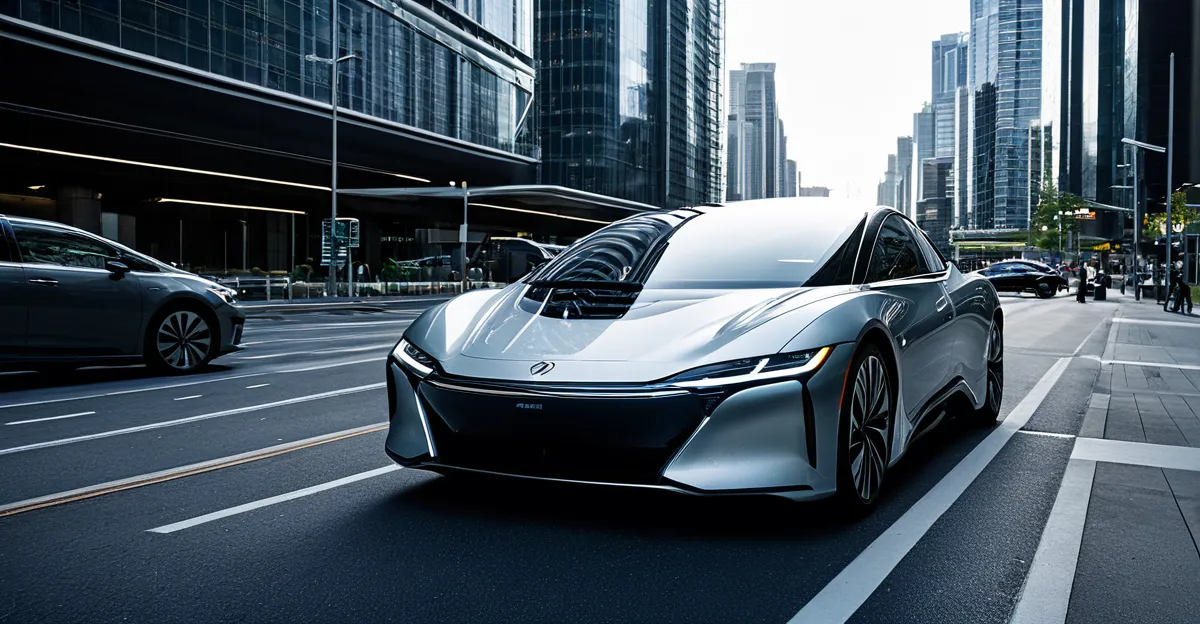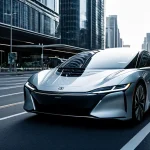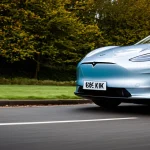Immediate changes required for city infrastructure
To accommodate self-driving car infrastructure, cities must prioritize upgrading their systems in several key areas. One critical step is the integration of smart traffic signals that communicate directly with autonomous vehicles. These signals use real-time data to optimize traffic flow, reduce waiting times, and improve safety at intersections. Adding connected infrastructure such as road-embedded sensors and wireless networks enables vehicles to receive timely alerts about traffic conditions, hazards, or route changes.
Another essential adaptation is the implementation of dedicated lanes for autonomous vehicles. These lanes not only enhance safety by separating driverless cars from human-driven traffic but also increase overall efficiency by allowing consistent speeds and smoother flow. Incorporating such lanes into urban planning ensures the infrastructure supports the evolving needs of transportation systems.
Topic to read : How is the UK automotive industry tackling the issue of vehicle emissions?
Furthermore, the deployment of widespread sensor and communication networks across urban areas is vital. These networks collect and share critical data among vehicles, traffic management systems, and city planners. Their presence allows constant monitoring of roads, supports predictive maintenance, and empowers adaptive traffic management strategies. This holistic approach to infrastructure redesign requires proactive urban planning efforts to coordinate technology, regulations, and public needs effectively.
Transforming urban mobility and public spaces
Redesigning urban environments for autonomous vehicle efficiency involves comprehensive changes to roads and intersections. Cities must modify layouts to accommodate precise self-driving car maneuvers, optimizing turning radii, lane widths, and signal timings to support smooth flows. These adjustments reduce conflicts between traditional and driverless vehicles, enhancing safety and improving overall traffic efficiency.
In the same genre : Can Electric Cars Revolutionize the UK Automotive Industry?
As autonomous vehicles become more prevalent, parking solutions must evolve. Self-driving cars can drop passengers off and relocate to optimized parking facilities or return home, decreasing the need for extensive on-street parking. This shift opens opportunities for cities to implement innovative parking strategies such as automated garages, shared parking resources, and dynamic pricing models that respond to demand patterns. These solutions help reclaim valuable curb space and reduce congestion.
With fewer vehicles idling or searching for parking, cities can repurpose public spaces previously dominated by parked cars or wide roads. Transforming these areas into green spaces, pedestrian zones, or bike lanes encourages active transportation and community engagement. This repurposing supports urban mobility goals by prioritizing multi-modal transit options and enhancing the livability of city centers.
Together, these changes to roads, parking, and public spaces create a more efficient, sustainable urban mobility system that leverages smart city upgrades and thoughtful urban planning to accommodate the growing presence of self-driving car infrastructure.









